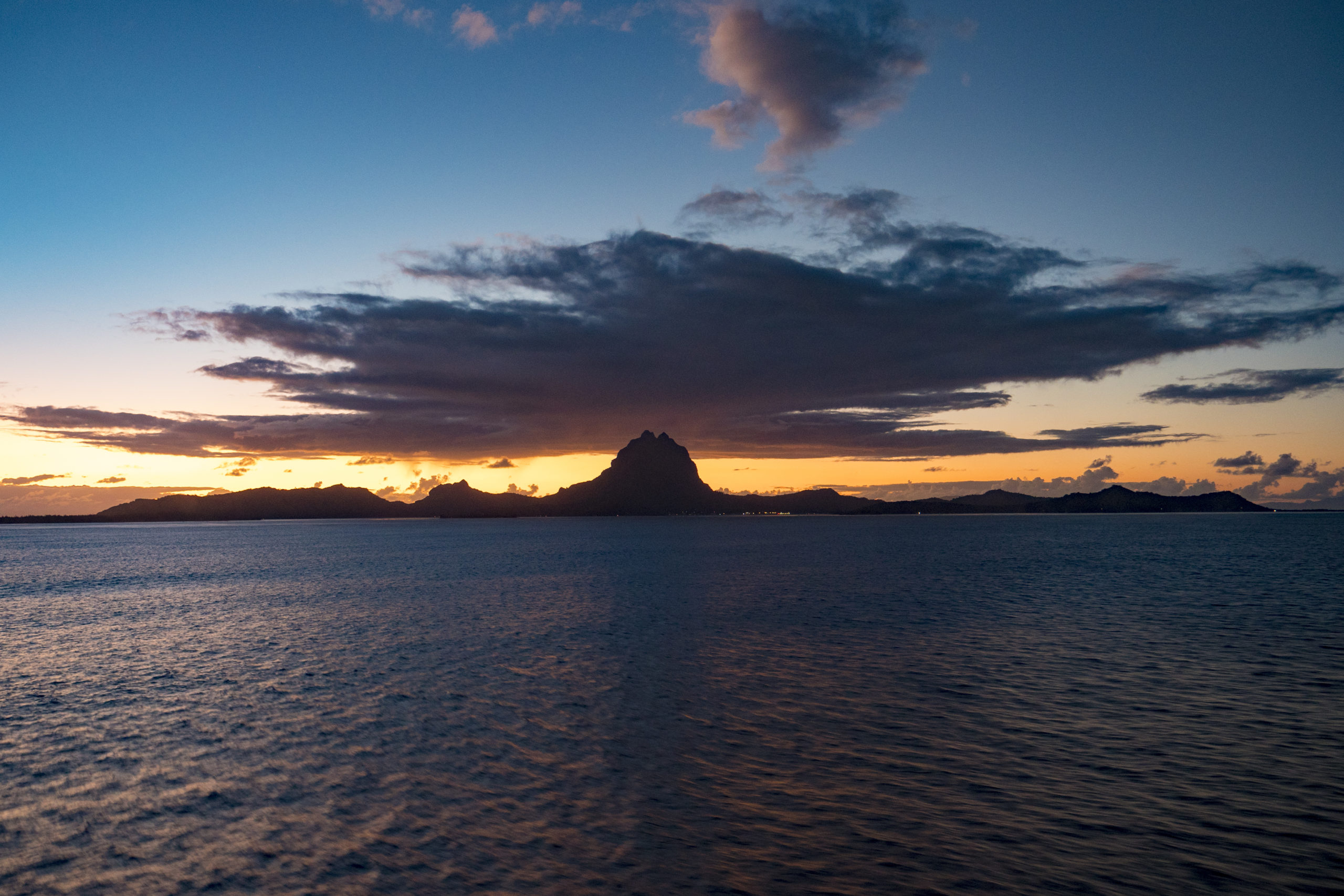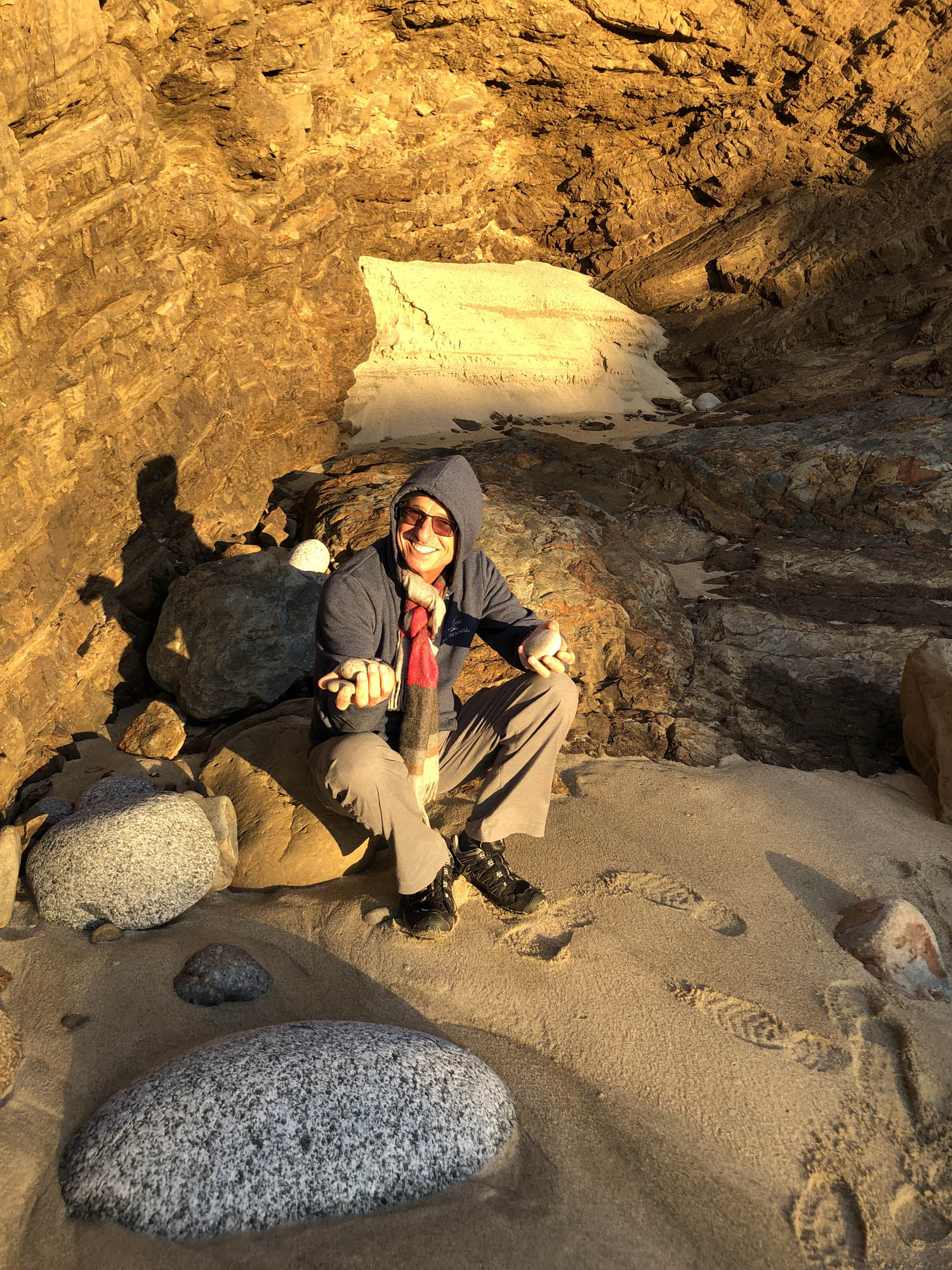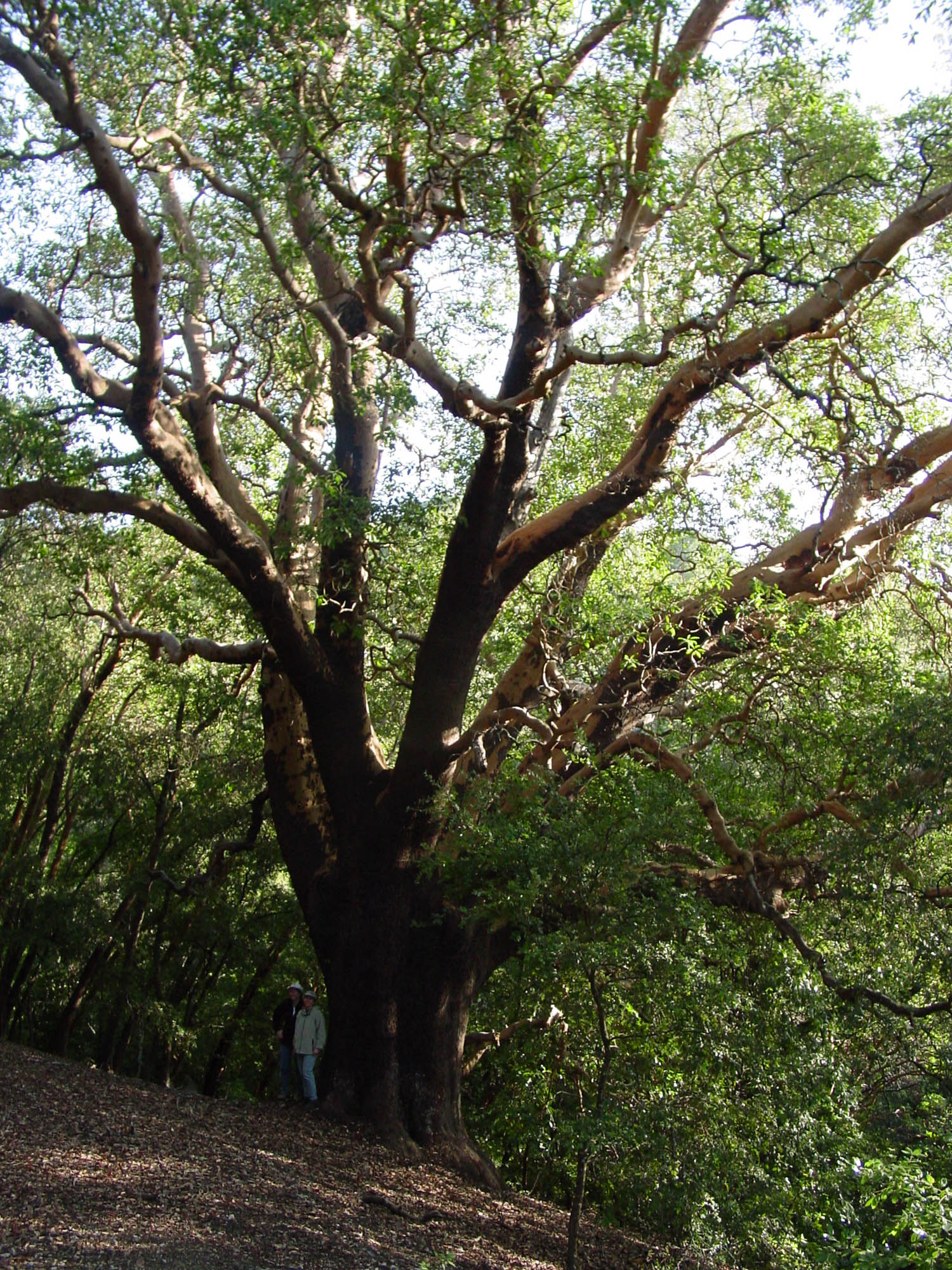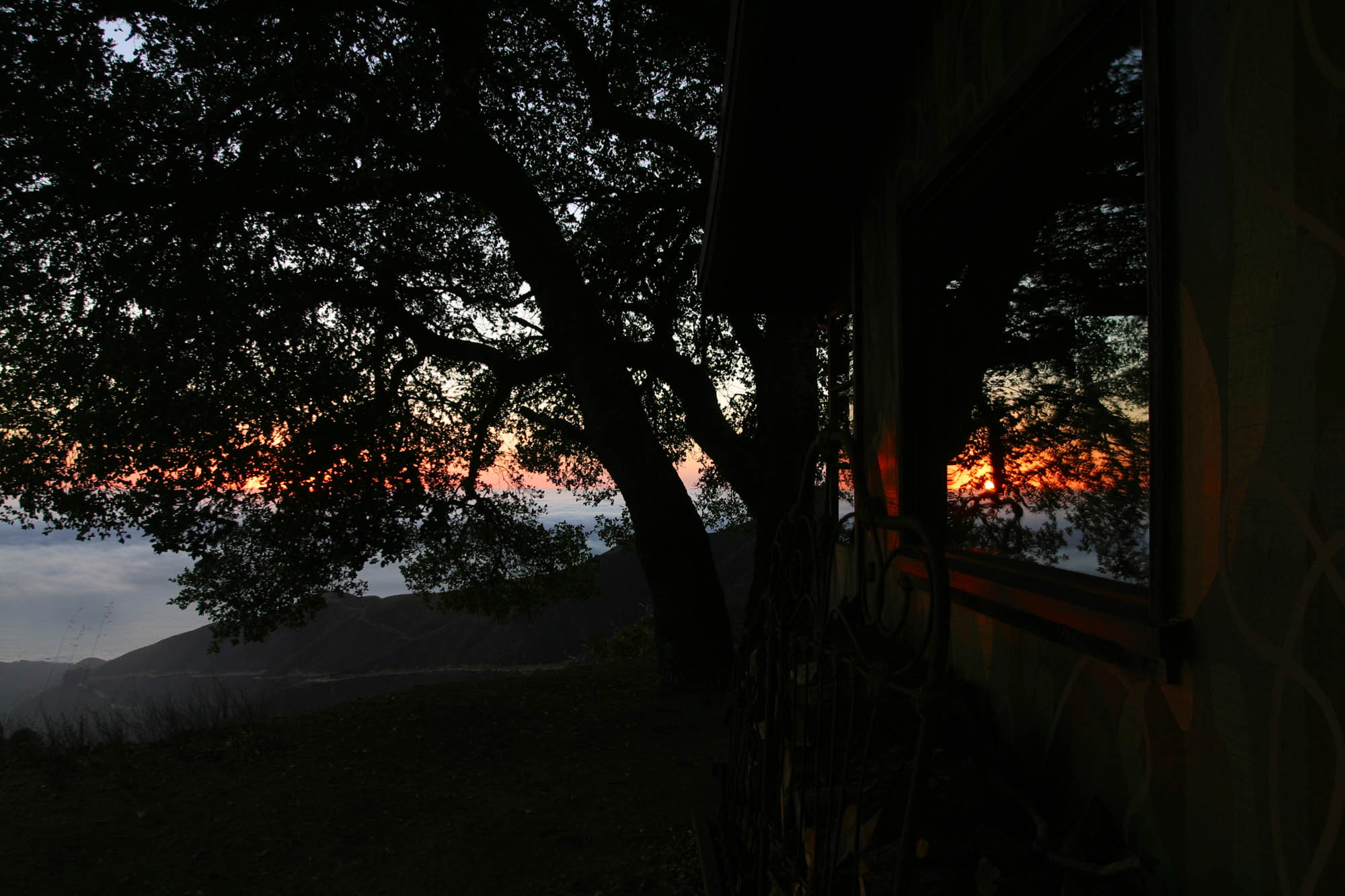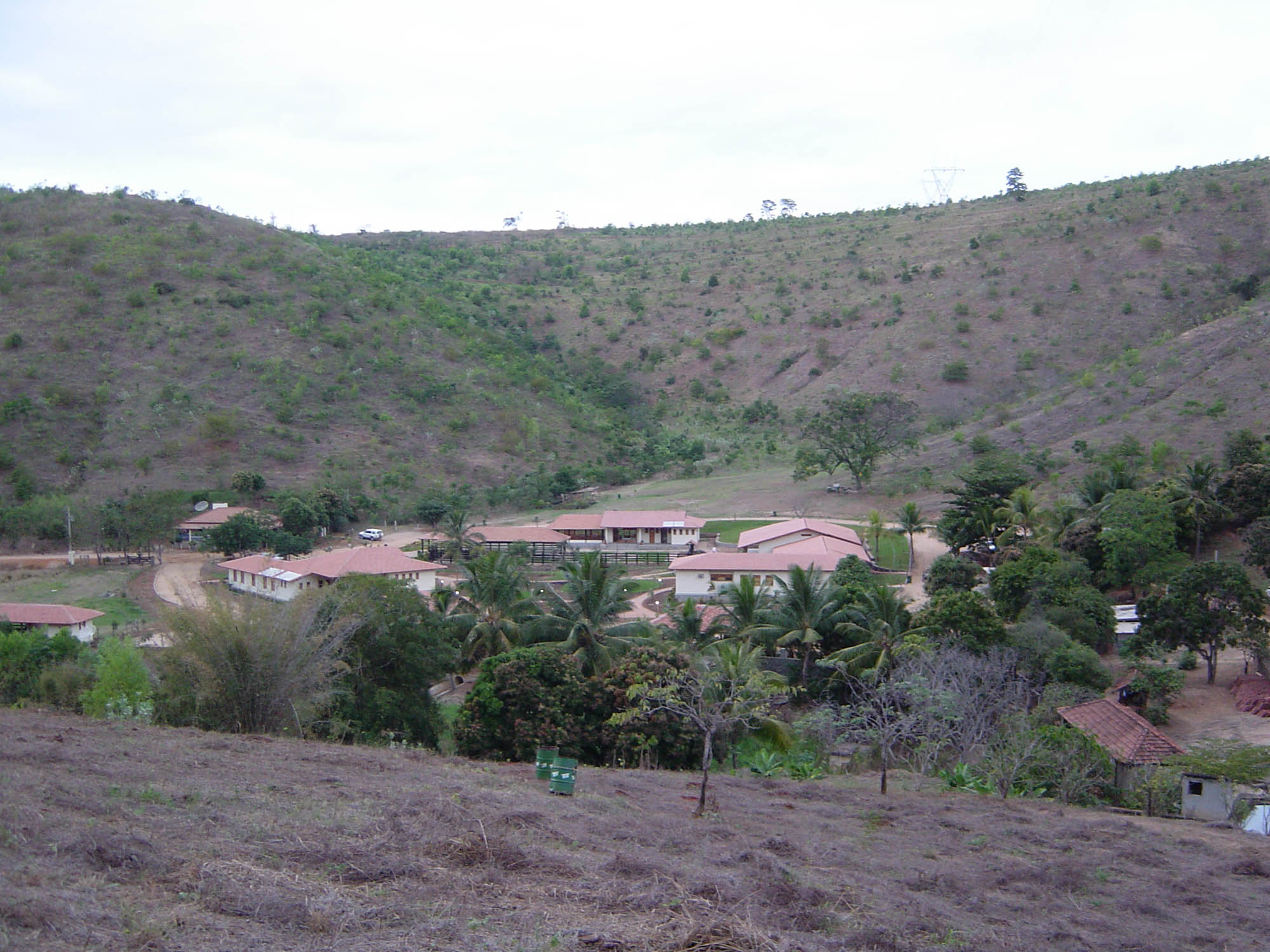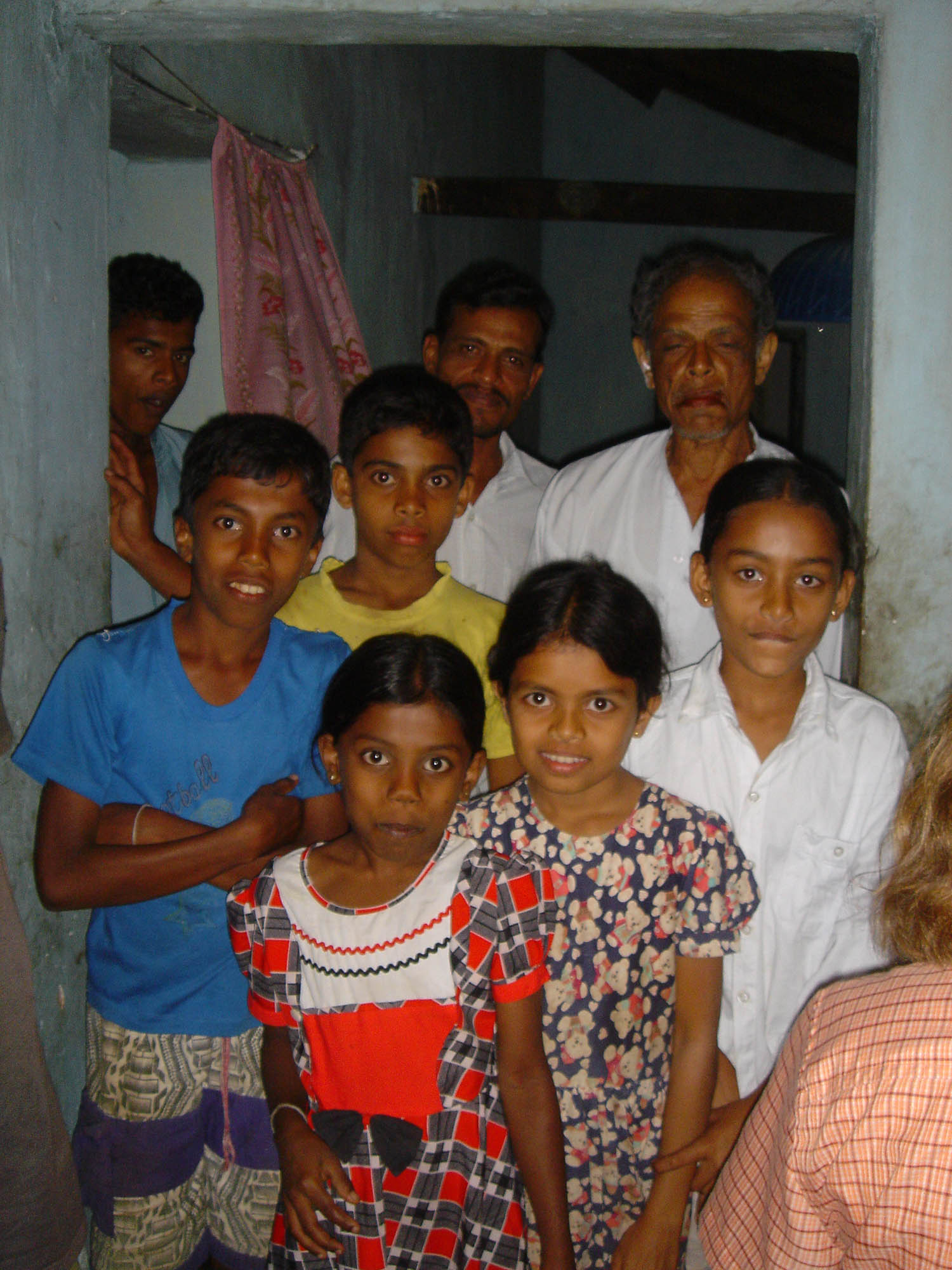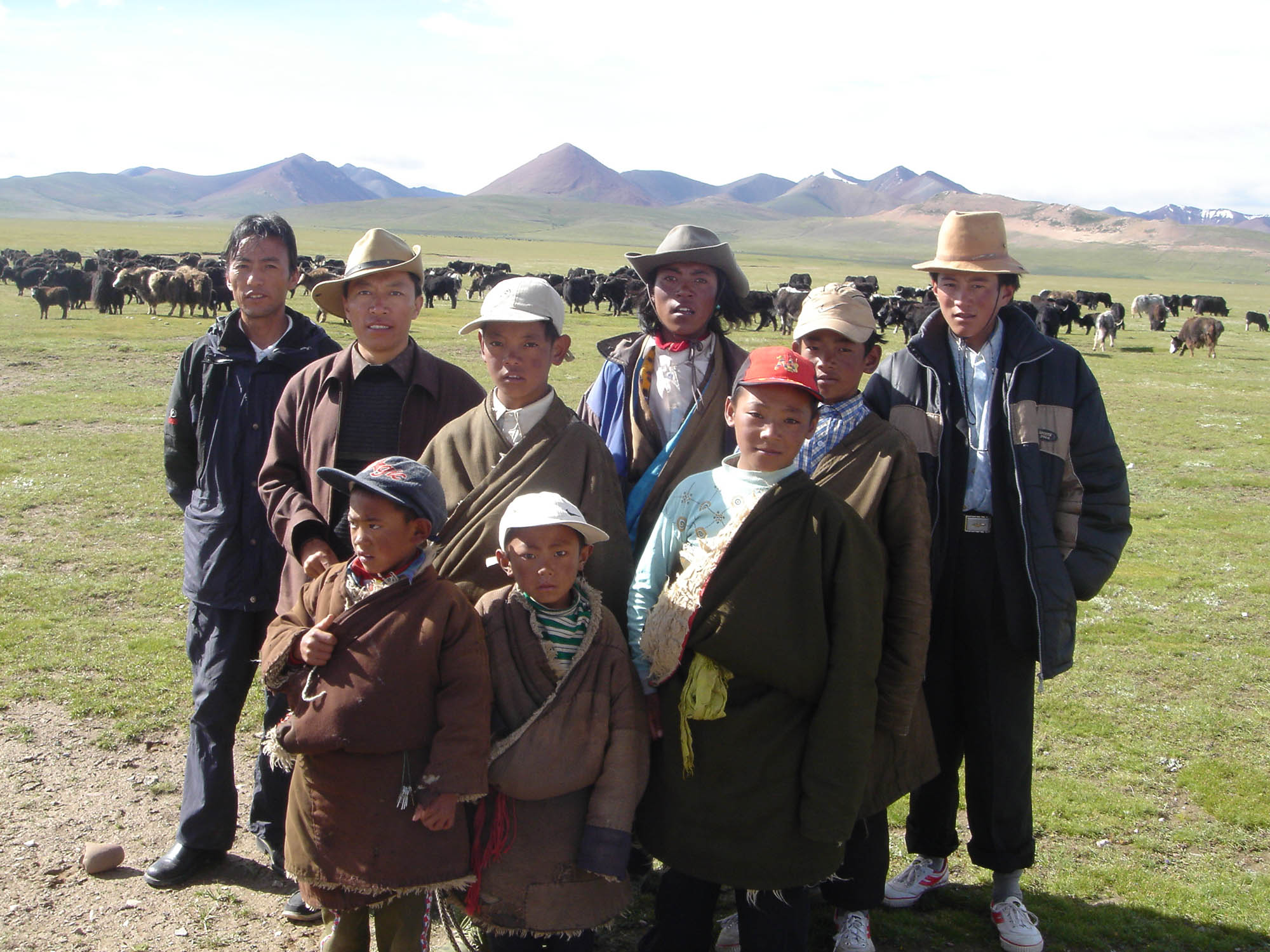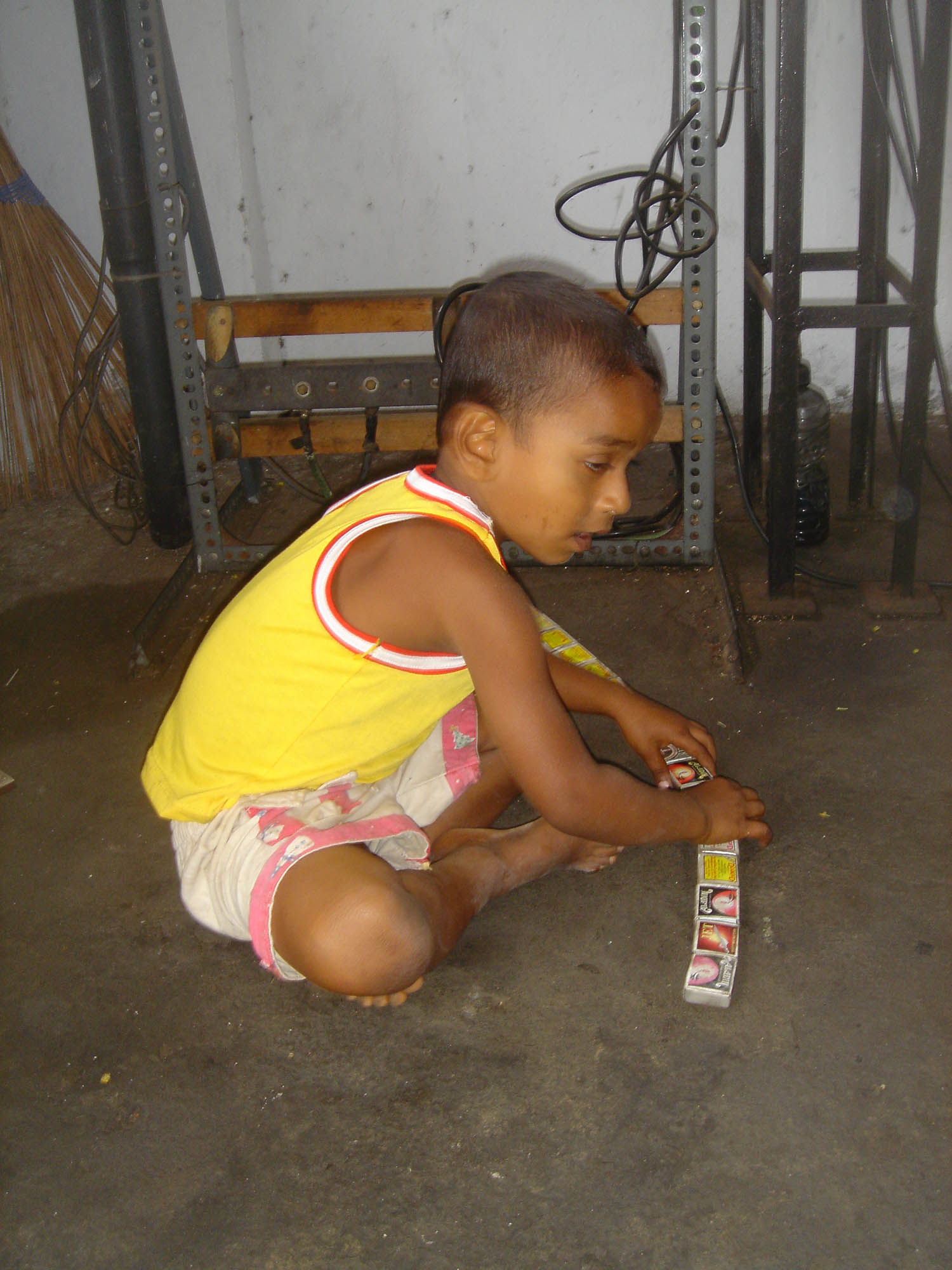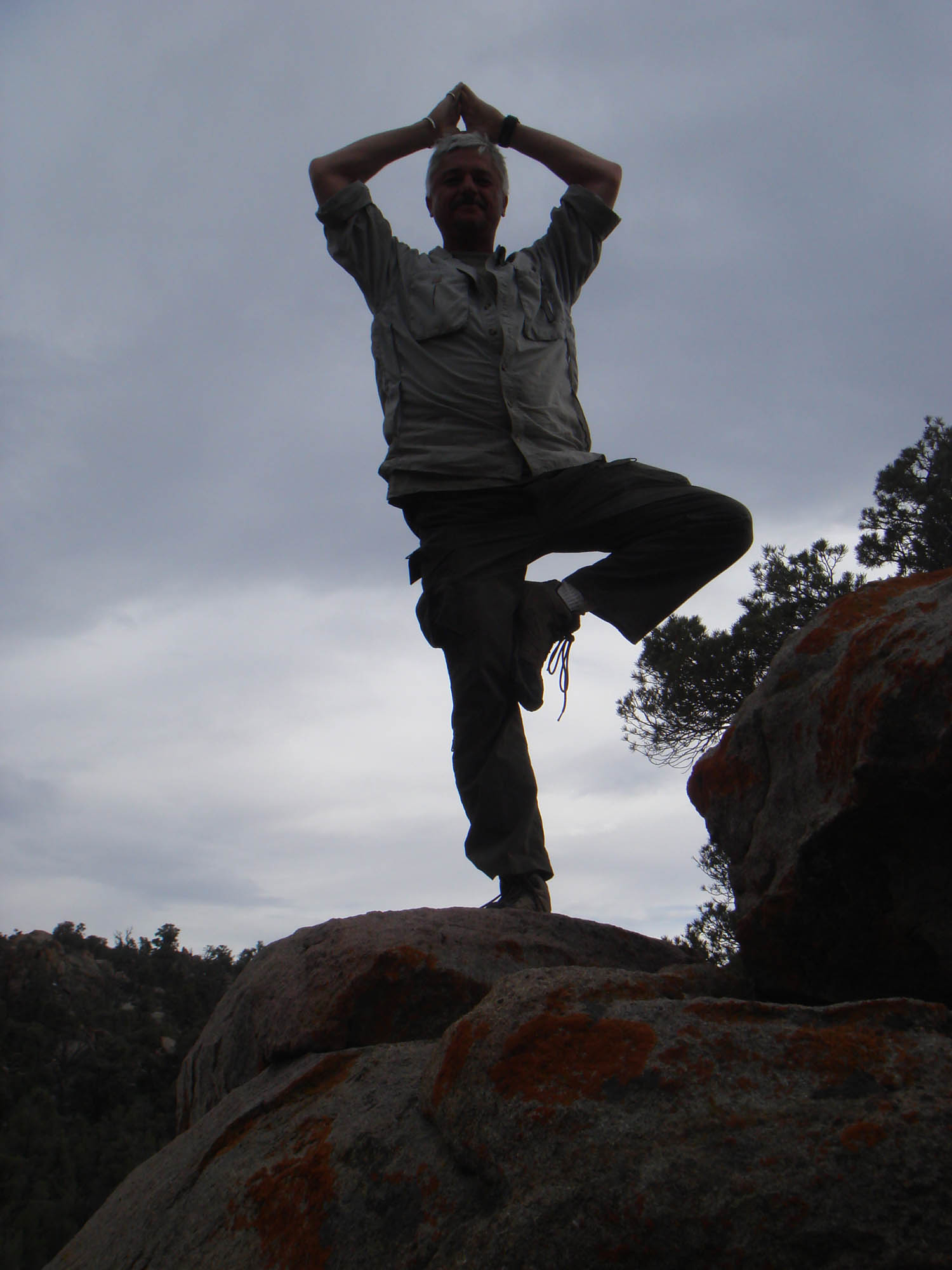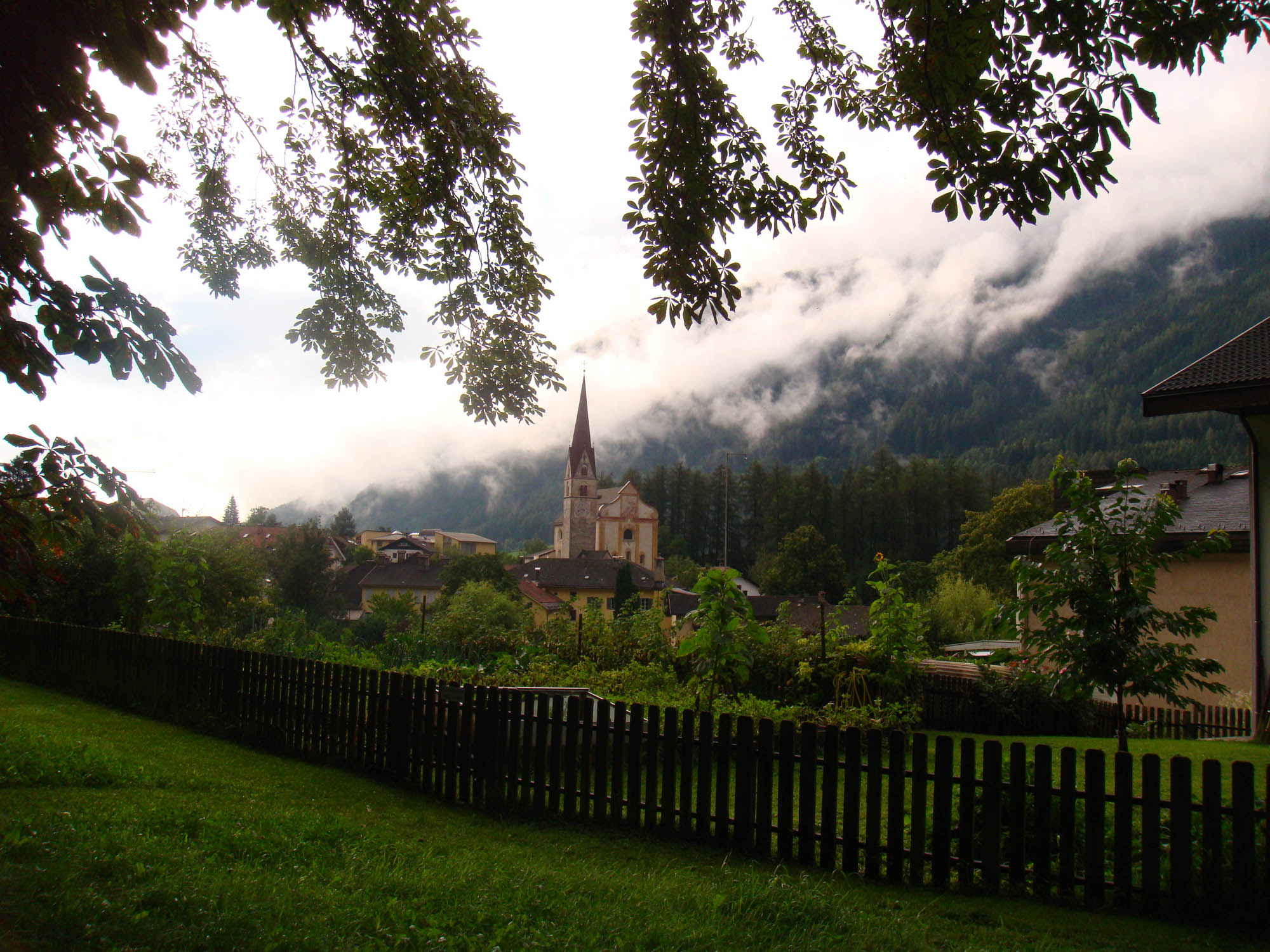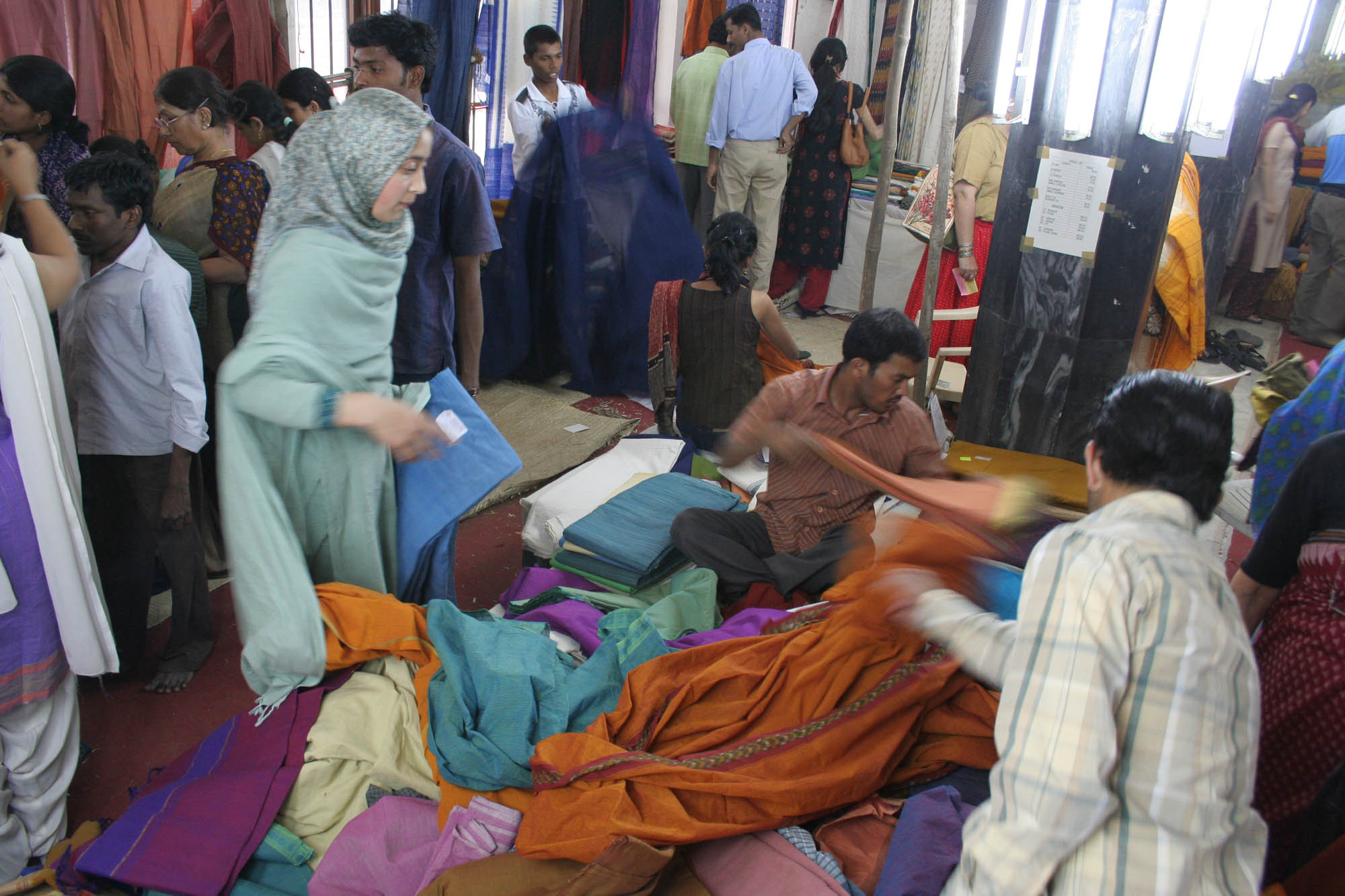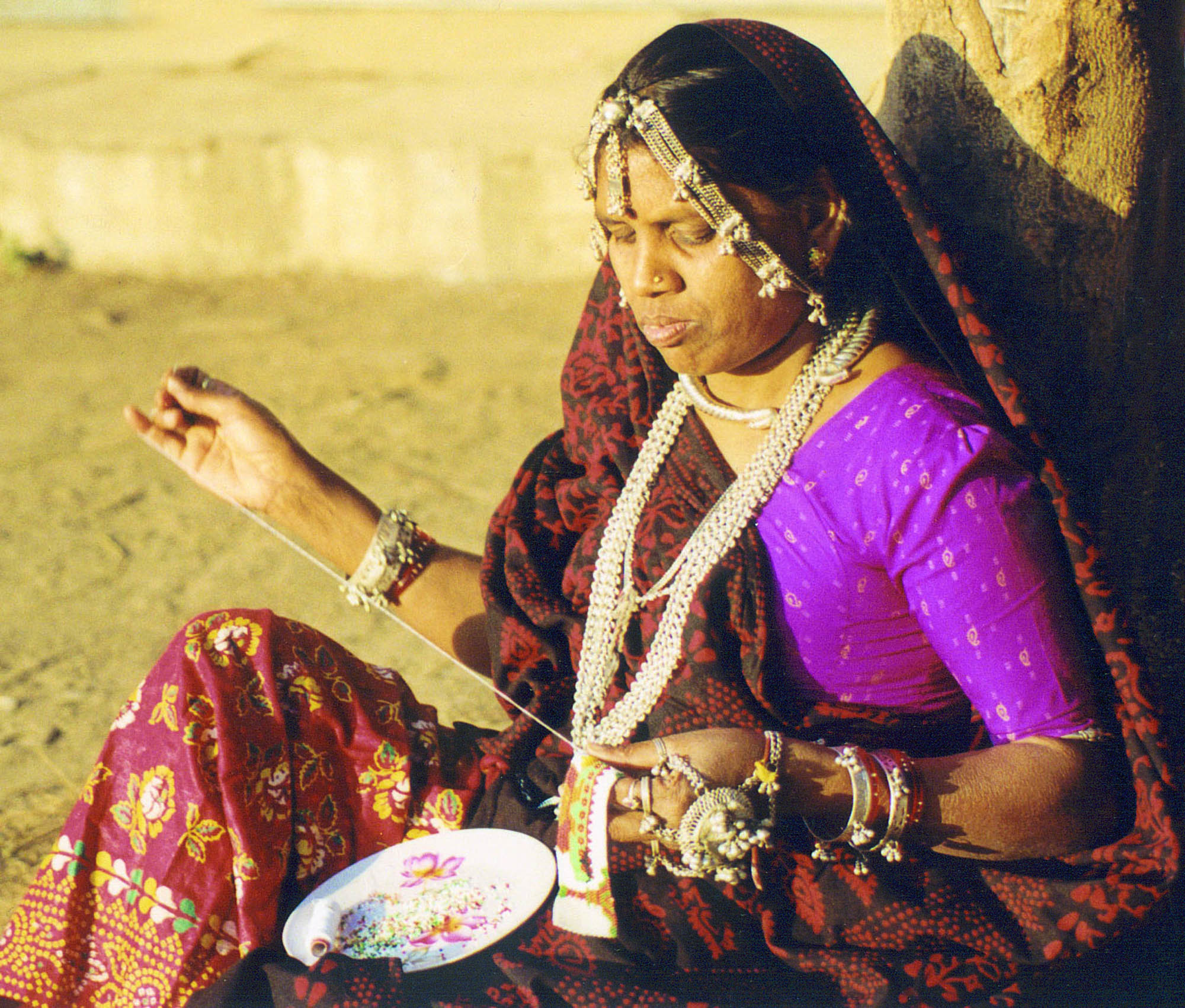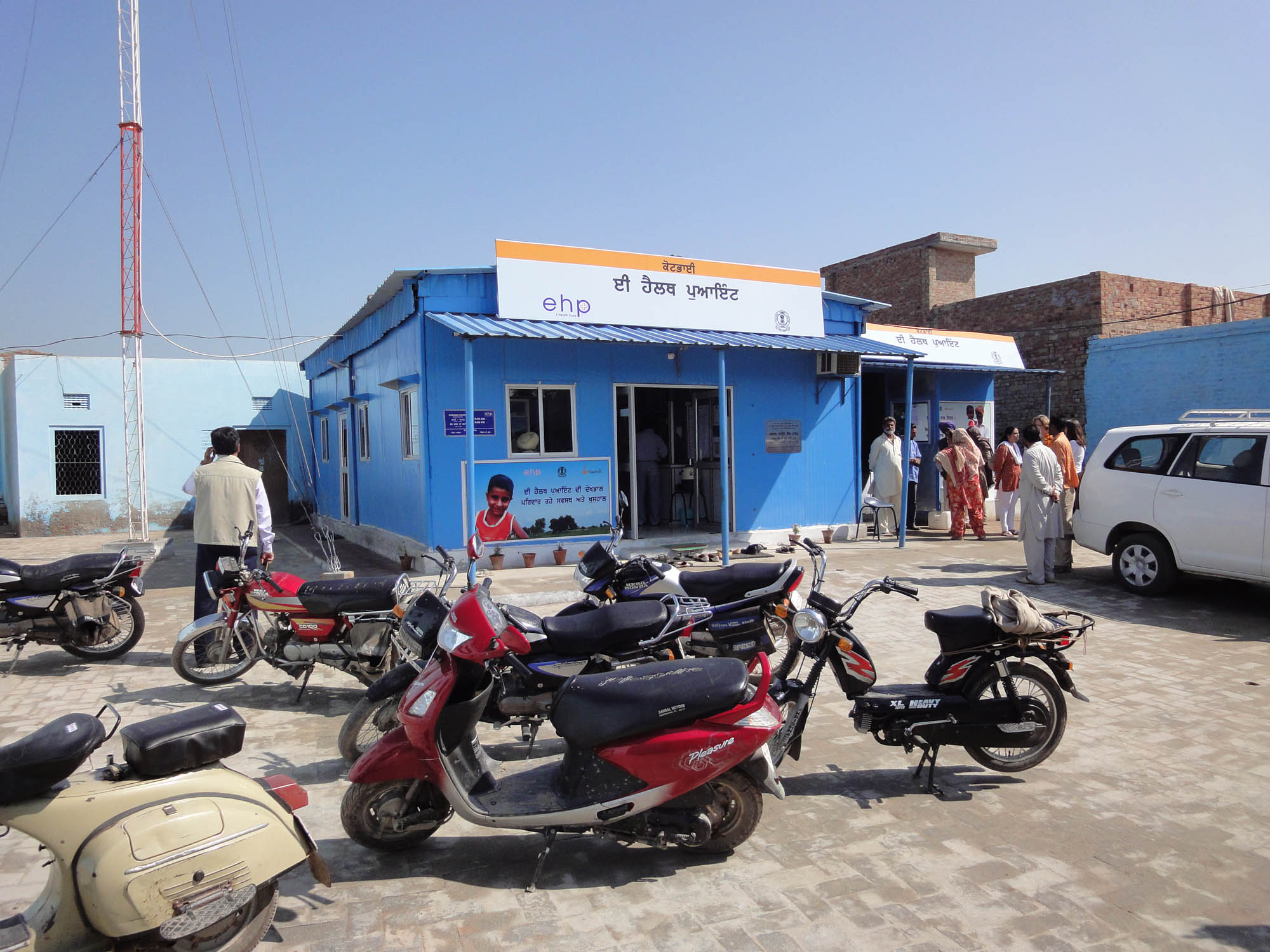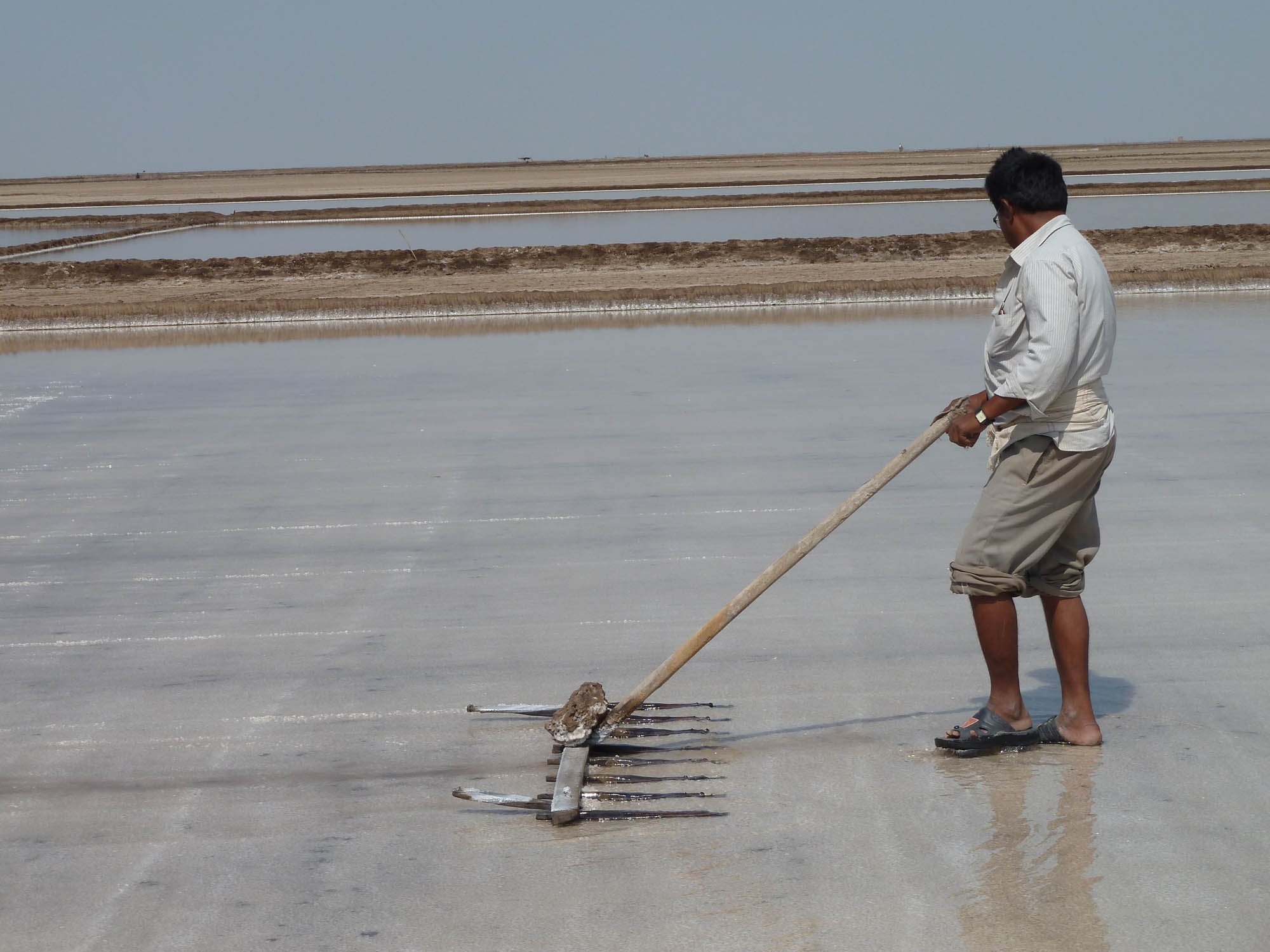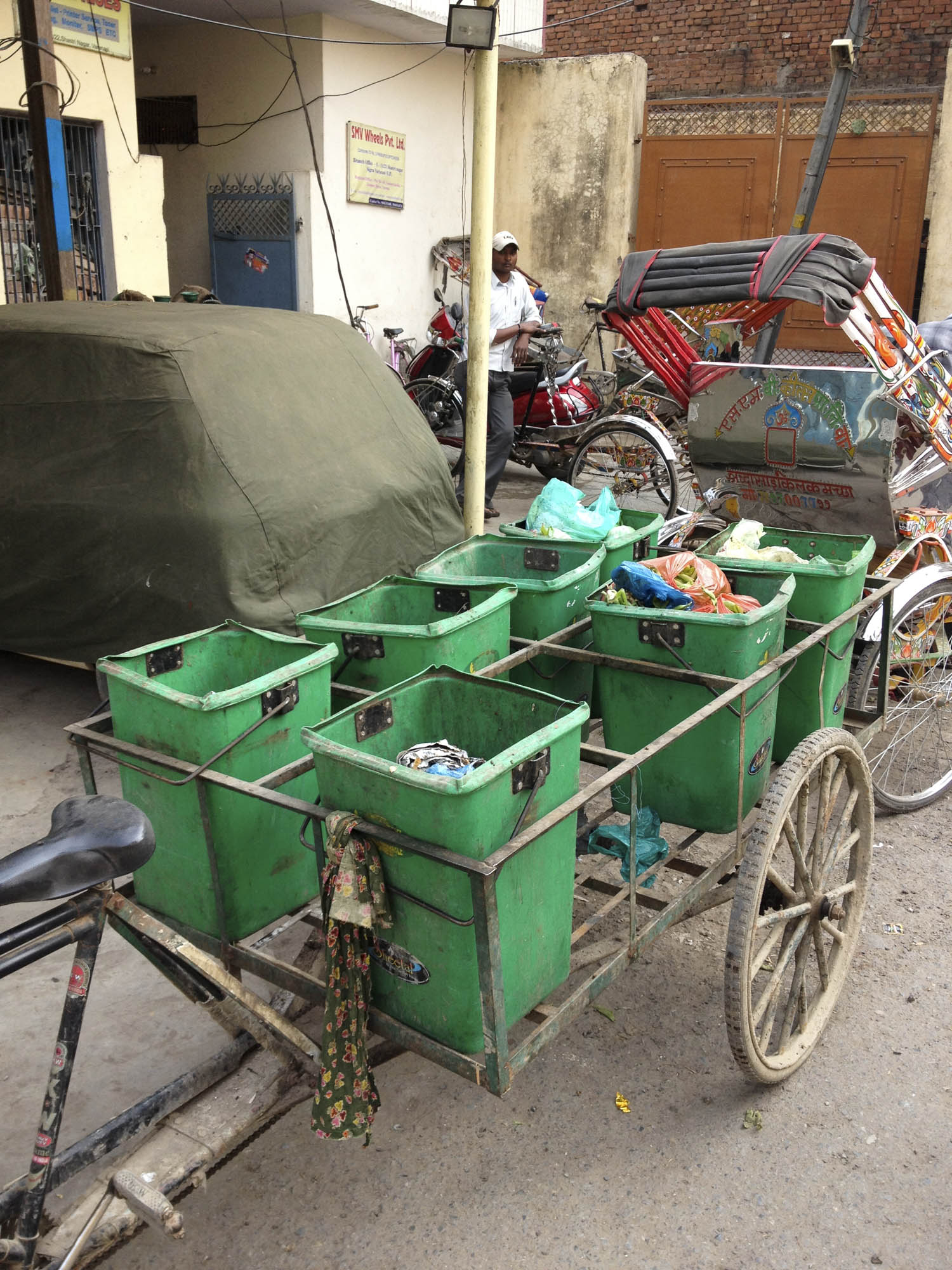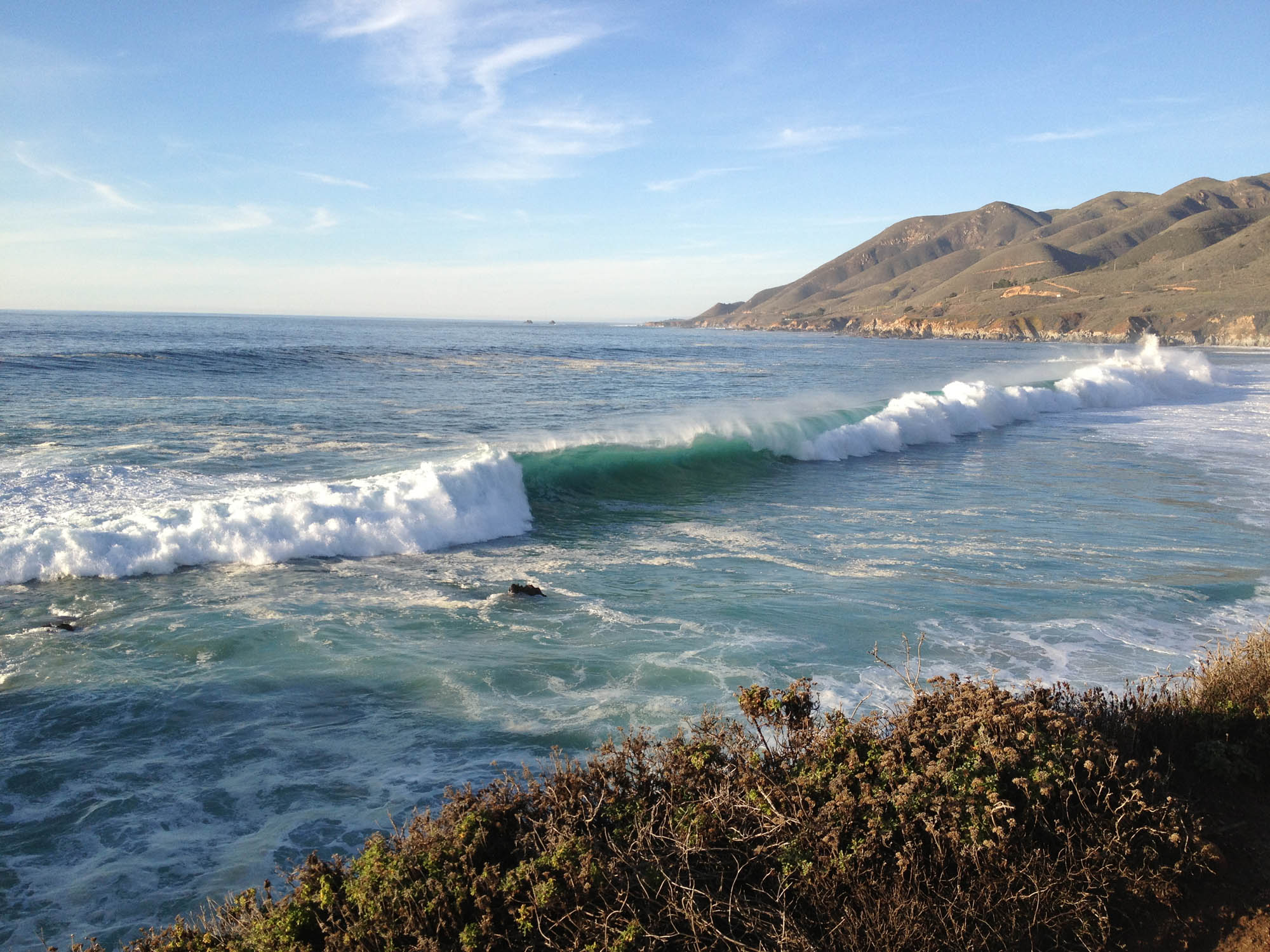Deep Impact Movement
My exploration of what I call ‘deep’ impact has been inspired by the concept of ‘deep’ ecology. Arne Naess wrote the original paper about deep ecology. The deep ecology movement does not subscribe to anthropocentric environmentalism, which is concerned with conservation of the environment only for exploitation by and for human purposes.
Deep Ecology is a holistic approach to solving the world’s problems. It brings together thinking, feeling, spirituality and action. And it involves moving beyond the individualism of Western culture towards also seeing ourselves as part of the earth. This philosophy has fostered a new system of environmental ethics advocating wilderness preservation, human population control, and simple living.
Many of the principles of ‘deep’ ecology also apply to ‘deep’ impact, particularly how the anthropocentric environmentalism and the anthropocentric broad impact investment strategies (like ESG) continue to be exploitative in nature, pretending that humans are somehow outside the biosphere of a finitely resourced planet.
Another principle of deep impact is centered around systemic impact, systemic change. My exploration of systemic impact has led me to appreciate Stockholm Resiliency Centre’s recent paper on ‘Transformation is feasible’ as an important contribution to this discussion. In that paper the authors convincingly demonstrate that trying to reach the SDGs one at a time within the old development paradigm will be impossible. Instead we need a holistic and integrated view and focus on the following 5 pillars of change:
- Radically accelerate renewable energy growth
- Accelerate productivity in sustainable food chains
- Develop new development models in poorer countries
- Implement unprecedented inequality reduction
- Invest in education for all and gender equality
Deep impact investors have all made a commitment to go all in, to invest 100% of their portfolio in impact. The question is how much of that portfolio can be deployed in deep impact. 100% Portfolios usually need to invest in both, deep and broad impact investments – either for liquidity constraints or for defining a floor for financial return expectations. One is not better than the other. The question for many of us is how deep can we go – with whatever constraints we have.
With respect to the KL Felicitas Foundation portfolio, Lisa and I asked ourselves: How deep can we go on the impact side while delivering what they call market rate returns. We ended up with 48% investments in the ‘Contributions to Solutions’ bucket in the language of the Impact Management Project. Going forward we will explore a 100% deep portfolio with relaxed financial return expectations.
Let me suggest the following four main arguments why the ‘broad’ impact movement is not sufficient to change the financial system:
First: Positive Screening versus Deep Impact: Big capital is positioning itself and its definition of positive screening for environmental, social and governance criteria as impactful.
- This is dis-ingenious at best and self-serving. It usually amounts to ‘impact washing’ and is confusing to the marketplace. It allows big capital to continue maximizing profits without addressing the need for more systemic and deeper change. Two examples of this would be good ESG ratings for weapons manufacturers or for British Petroleum in the oil industry.
- Deep impact investors are changing the question from what are good management practices like environmental, social and governance criteria to how businesses can meaningfully contribute to the well-being of people and planet.
Second: Treating symptoms versus root causes: Most impact players are addressing the symptoms of big systemic issues like inequality, social justice, climate change and poverty, as opposed to the root causes.
- A great example of that is the current debate about how to reach the United Nations Sustainable Development Goals by 2030.
- Most impact funds, impact enterprises and impact investors are mapping their investments to these goals. Many optimize for 1 or 2 Sustainable Development Goals, however, sometimes at the expense of others. For instance, reaching the goal of ‘decent work and economic growth’ with non-renewable energy would not only jeopardize the goals of ‘climate action’, ‘life below water’ and ‘life on land’, but it would make reaching these goals very, very hard, if not impossible – certainly not by 2030.
- Deep impact investors take a holistic and systemic view, they are addressing the root causes of these big systemic issues. They see the connection between poverty and climate change, between gender equality and well-being. Many of them also work with governments to push for resource taxes like carbon taxes and taxes on the super wealthy to start addressing inequality and social justice.
Third: Market-rate returns versus appropriate financial returns: The impact economy requires new and different ways of being measured.
- Many impact players get stuck in social constructs like ‘risk-adjusted’ or ‘market-rate’ returns, ‘modern portfolio theory’ and the ‘invisible hand of the market’, which are all part of the old paradigm and are clearly inadequate to address the systemic issues of our times. All impact players – even deep impact players – are forced to compare themselves to meaningless benchmarks – as current benchmarks are composed of investments that they could never invest in. To wit: If you provide health services to the base of the pyramid, there is NO benchmark that you can compare yourselves against, so-called market rate returns do not have a meaning.
- Deep impact investors are redefining the question and ask: what is the appropriate rate of return for the impact they want to achieve.
- Many deep impact investors are working on developing new investment vehicles like social-impact bonds which explicitly tie financial return to impact. And many deep impact investors are working on using modern technologies like block-chain and artificial intelligence to tokenize impact. This is a major opportunity for moving beyond the venture capital based investment world – where only the general and limited partners benefit – to a model where all stakeholders benefit.
Fourth: Ignorance versus elevated human consciousness and awareness: Humanity’s trajectory is to a large extent a reflection of the state of human consciousness.
- The transition to the deep impact economy will require an elevated level of awareness and consciousness. The responsibility of elevating human consciousness is ours.
- My purpose is to help evolve human consciousness to be in harmony with the universe.
- We deep impact investors see impact investing not as an intellectual exercise, but as an expression of who we really are, as an expression of the change that we want to see.
My Lymphoma
In late 2018 I was diagnosed with a challenging variety of lymphoma. Most of 2019, my task was to create wellness, not just to treat illness. Statistics are important, but they are just statistics. They do not determine any individual case, including mine! There is no type of cancer that does not have some rate of survival. The question for me was: What can I do to get on the right side of these statistics? I went at it with a warrior’s attitude: I was determined to live each day to the very best of my ability. And I chose to live my life to the very fullest, focusing on possibilities, not problems.
My intentions were set on hope and healing, detached from the outcomes. Even though my cancer temporarily weakened my body, it permanently strengthened my spirit and soul. I have been able to actively cultivate inner peace, serenity, a quiet confidence and a more grateful and joyful way of living. I am very grateful for that and for all the support from Lisa, my family, and my friends, without which I could not have healed.
Below is my lymphoma manifesto, which I wrote in November 2018, during my first chemo treatment:
Creating wellness, not just treating illness
- I am not simply treating illness, I am creating wellness.
- Everything I think, say, do, feel and believe has an impact on my well-being.
- My immune system is profoundly influenced by my lifestyle choices.
- My medical team will do all it can to fix my body, the malfunctioning machine. My task is to do all I can to enhance my self-healing capacity, i.e., by adapting my physical, emotional, and spiritual lifestyle.
- I am working on choosing wellness, at any moment, at any circumstance.
Statistics are just statistics
- I don’t pay much attention to statistics! Statistics do not determine any individual case, including mine! There is no type of cancer that does not have some rate of survival.
- The question is: What can I do to get on the right side of these statistics? I am determined to be counted among the survivor statistics.
My commitments and strategies
- I have decided to live! I deeply believe that I will survive! I know and feel that I have a lot more to give.
- I am in charge of my life! My attitude is the essence of survivorship. I am the master of my fate; I am the captain of my soul – in all humbleness and with the help and support of the infinitely wise and compassionate universe and the help of my family and friends.
- My cancer temporarily weakens my body, but permanently strengthens my spirit
- I demonstrate a warrior’s attitude: I am determined to live each day I am given to the very best of my ability. I choose to live my life to the very fullest. I focus on possibilities, not problems. My intentions are set on hope and healing. I am detached from the outcomes.
- I take it as my personal responsibility to believe in my treatment, and I am excited about my treatment program. I see it as highly effective: The chemicals are a great healing agent, something coming into my body to make me well. I welcome my chemotherapy with open arms. I am actively working on making the side effects manageable.
My focus
- Recovery demands my total participation: I am working for my wellness; my health recovery is not an accident.
- I am actively cultivating inner peace, serenity, a quiet confidence, and a more grateful and joyful way of living.
- I am mobilizing body, mind and spirit for my quest for wellness.
- Healing springs from within. I am working with the universal energies to activate and release it. I am trusting my body’s unlimited healing capacities
- I focus on holistic healing: medical, nutrition, exercise, attitude, support and spiritual
- My preferred spiritual activities are meditation, Yoga, reading, reflecting, writing
- Some of my preferred exercises are Yoga; walks on the beach, in the redwoods, and on the beach property
- I continue to work on my attitude by practicing gratitude, positive intention, and detachment from outcome
My gratitude and relationships
- I have today, that’s a lot to be grateful for.
- I have Lisa with whom I can share everything, literally everything, without fear of judgment.
- I invest time and emotional energy in relationships that nurture. I don’t invest time and energy in relationships that are toxic or extractive.
Working with challenges
- When I start feeling anxious, I witness the emotion, I observe it. Sometimes I associate anxiousness with an image, a shape, – like a light cloud that surrounds me. That allows me to observe it. Instead of becoming a victim, I become the observer. I replace fear and anxiousness with gratitude.
- Moderate exercise is the number one treatment for fatigue
PS: While my pain may be unavoidable, suffering is largely optional
Going Deeper
My intention for the rest of my life is to go deeper into impact, to lead a meaningful, happy and joyous life – in service to others, to help evolve human consciousness to be in harmony with the universe. I actualize my intention by focusing on my mindfulness practice. My path is the path of non-ego-based action – detached from the outcomes. I walk this path in ‘Yoga consciousness’ with joy, equanimity, humility and compassion – mindfully, conscious and aware. This is how I prepare myself for dying peacefully and mindfully – whenever the time comes.
When I was going through chemo in 2019, I had a powerful shamanic journey:
- I prepared by thinking about a redwood tree: very strong, deeply rooted in Mother Earth, stretching for and connecting with the sky. I then connected with my eagle, one of my power animals. He had a nest at the top of the redwood tree – the eagle sees things that others cannot see yet, and takes the long view.
- I started flying up into the sky – soaring, observing and viewing like an eagle. I then looked for a portal that I could fly through, and discovered a vast green beautiful valley. There I was greeted by my other power animal, the wolf. I asked the wolf and the eagle to help me stay connected with my mother. They said that love is the way to do that.
- And then I asked them to help me stay focused on how to get through my short-term chemo challenges. They answered that I should act like my power animals (I might have to start howling), that I should remember to be as strong as the redwood tree, and that I should remember that sometimes a redwood tree needs to burn in order to re-emerge stronger.
We all have a choice to make: We can either be the victims of unprecedented changes forced by climate change, inequality, social-in-justice, in-equality and poverty. Or we can all become courageous leaders who step up to the challenge of systemic change, who question the status quo, and who immerse themselves in deep impact.
The choice is ours! Listen to your inner voice – it will guide you on this exciting journey. And commit to the mindfulness work necessary to elevate humanity’s consciousness to co-create the future that we know will emerge.






